Infineon TLV493D 3D sensor provides highly accurate 3D inspection
Although the developer kit on the market can design products with magnetic sensors, the cost is quite expensive, and the price of 500 euros does not even cover the necessary magnets/sensors. In view of this, existing manufacturers are now launching various design kits, the price of which is about 20 euros per piece, which helps to easily evaluate magnetic sensors. Developers must determine if the selected magnetic sensor meets performance requirements early in the design process. To achieve this goal, they need faster, simpler performance tests. The next step is to define the scope of work for different design parameters. Necessary magnets also need to operate. The final step is to ensure that the magnetic sensor can actually be put into production. Various evaluation kits such as Infineon's "3D Magnetic Sensor 2Go", "Current Sensor 2Go", "Speed ​​Sensor 2Go", etc. are designed to enable developers to understand the individual applications of the sensor at the early design time and help Easily enter design time. The company's evaluation kit currently supports 3D "TLV493D" magnetic sensors for 3D position detection, as well as "TLI4970" current sensors and "TLE4922" speed sensors.
Three-dimensional detection is more accurate
The TLV493D 3D magnetic sensor (Figure 1) measures magnetic fields in the x, y, and z directions and detects three-dimensional, linear, and rotational motions, demonstrating its wide range of applications in automotive, industrial, and consumer applications.
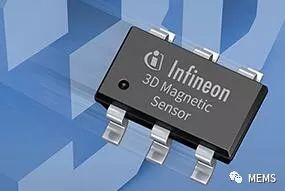
Figure 1 Infineon TLV493D 3D sensor provides highly accurate 3D inspection
Possible applications include joysticks and control components such as home appliances and multifunction buttons, tamper-proof functions of ammeters, or other applications that require precise position measurement and/or low current consumption. For example, the TLV493D-A1B6 is available in TSOP-6 package and measures 2.9mm x 1.6mm.
This is done by integrating vertical and horizontal Hall sensors on the sensor chip. The vertical Hall sensor detects the x and y field components in the plane direction, and the horizontal Hall sensor detects the vertical z field component.
Infineon uses various technologies including power saving oscillators to reduce the current consumption of the sensor to only a few microamperes. The sensor has a digital output function and uses a fast two-wire I2C standard interface to allow two-way communication between the sensor and the microcontroller through the bus mode. The 3D Magnetic Sensor 2Go design kit (Figure 2) provides an evaluation board with a 3D magnetic sensor and an XMC1000 microcontroller with an ARM Cortex-M0 processor to integrate the design into this sensor. The kit has all the components and features necessary to provide efficient design support and includes a debugger. The XMC4200 microcontroller also provides debugging and USB communication, and provides power and communication with a graphical user interface (GUI) through the Micro USB connector. The EV kit also includes LEDs for power and debug status, user-programmable LEDs, voltage controllers, reverse current diodes, and ESD protection diodes. If you use a pin connector, you can also connect an oscilloscope or an external microcontroller.
The package also contains a single magnet that can be manually configured. Infineon also offers magnet mounts that can be mounted on the evaluation board. Figure 2 shows two designs for joysticks and knobs.
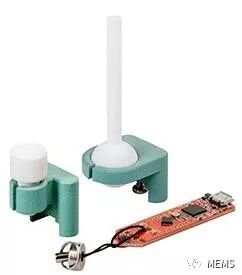
Figure 2 3D Magnetic Sensor 2Go Kit Magnet Holder with Adaptor or Knob (Adapter)
Special online design tools support common sensor applications such as angle/linear position measurement and joysticks (Figure 3). This tool provides pre-defined or user-definable magnets for each of the three applications. The online simulation tool can be used to define the positions of magnets, magnet motions, and sensors. The sensor detects the motion and outputs the corresponding signal. The user can select angle measurement actions such as magnet rotation, linear movement, and also specific actions applied by the joystick, such as 3D magnet motion.
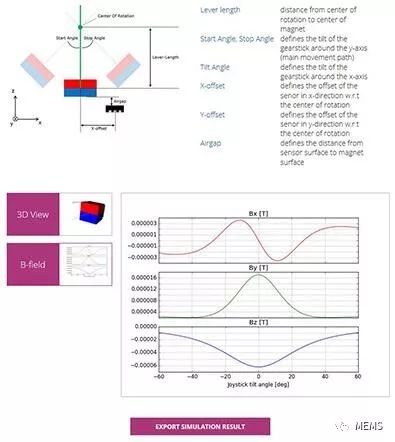
Figure 3 Online simulation tools can be used to define magnets, magnet movements, and 3D sensor position
This tool automatically calculates three magnetic field directions for each sensor position. This calculation is based on a user-defined sensor configuration and takes into account the installation tolerances of the sensors and magnets.
The software package of the kit also includes a graphical user interface for the PC and firmware, which can be stored in the flash memory for communication and installed in the microcontroller together with the 3D sensor. The Segger J-Link USB drive connects the evaluation board to the PC.
With 3D Magnetic Sensor 2Go, various operating modes, such as the measurement update rate in the x, y, and z directions, can be adjusted, which means that current consumption can also be adjusted.
Current measurement safety protection is indispensable
The TLI4970 is a high-accuracy current sensor based on Infineon's Hall-effect technology and provides galvanic isolation between the primary-side bus and the secondary-side microcontroller interface (Figure 4). The “coreless†concept has no flux concentrators, which can significantly reduce the component size in an open loop configuration. This architecture also avoids hysteresis effects. The all-digital sensor solution does not require external calibration or additional components such as AD converters, operational amplifiers, voltage references, etc. This simplifies the design and reduces the PCB area and cost. The chip uses QFN-like small SMD package (7.0mm x 7.0mm), provides 1.6% of the overheat and life-time high-accuracy sensing, and an offset error of up to 75mA.
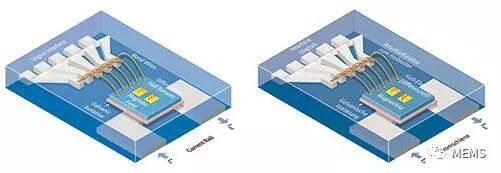
Figure 4 Infineon TLI4970 Hall Current Sensor Structure
The TLI4970 has overcurrent detection and can set thresholds and programmable filters. The current consumption is 12mA. The TLI4970's differential measurement principle prevents external magnetic fields from causing interference while the sensor uses a separate structure to measure temperature and mechanical pressure.
When the above two parameters are measured separately during operation, the components can be permanently and effectively shifted. This is the basis for long-term stable measurements and applies equally to efficient, reliable, cost-optimized converters or drivers.
The TLI4970 can measure AC and DC power up to +/-50A, suitable devices such as solar power converters, power supply with power factor correction (PFC), chargers or electronic drivers. Non-contact measurement technology does not generate any additional losses and is suitable for low power designs (Rp < 0.6mΩ). Thanks to the integrated discrete magnetic field suppression, this sensor is extremely insensitive to external magnetic fields.
In addition to providing accurate current measurements, it also provides adequate protection for power amplifiers. For example, an external short circuit may trigger a critical overcurrent. To ensure that the delay is extremely short, the TLI4970 provides a parallel signal path, so the sensor typically requires only 1.8 μs to detect errors. To fine-tune the over-current threshold according to the needs of the application, the system developer can program the current value and the downstream filter in the sensor at the same time. Since the bus is integrated into the SMD package, the sensor can be fully calibrated when provided. The TLI4970 is one of the first current sensors to transmit measured values ​​through a 16-bit digital SPI interface. For example, this sensor integrates differential amplifiers, filters, and signal processing functions, and can simultaneously measure up to 600V operating voltage and up to 3,600V test voltage during galvanic isolation.
The easy-to-use design kit for the TLI4970 current sensor and the Current Sensor 2GO (Figure 5) is similar to the 3D Sensor 2GO kit and includes the following features:
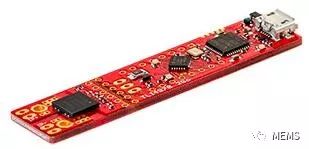
Figure 5 Current Sensor 2Go Kit
1. TLI4970-D050T4 (current sensor with digital interface) 2. XMC1100 (equipped with ARM Cortex-M0) 3. Built-in J-Link Lite debugger (based on XMC4200 microcontroller) 4. USB power supply (MicroUSB) , ESD reverse current protection 5. GUI Hall sensor precision speed
The TLE4922 Hall sensor measures the movement and position of the ferromagnetic structure by measuring the magnetic field change. This structure can be a magnetic encoder wheel or a ferromagnetic gear. The TLE4922 can use simple, cost-effective magnets with feedback bias configuration while providing high air gap performance and switching accuracy. This sensor is extremely insensitive to shocks and air gap jumps and can accurately detect speeds in the frequency range up to 8kHz.
The TLE4922 is particularly suited for rotating stand-alone mounting (TIM) configurations and replaces passive variable reluctance (VR) sensors for automotive and two-wheeler applications with excellent jitter behavior.
In addition, the sensor provides all-round protection against short circuits, overheating, and reverse voltage, while providing good electromagnetic compatibility (EMC) and ESD robustness for use in harsh environments. This sensor is available in a 4-pin SSO-4-1 package.
Various applications based on the TLE4922 can take the easy-to-use Speed-Sensor-2GO kit (Figure 6). The kit includes a sensor (TLE4922-XAN) and a feedback bias magnet (Bomatec ferrite magnet). The PC can be easily connected using a USB connector. In the practical application of the GUI type evaluation tool, digital and simulated analog data can be captured and displayed as parameter functions such as air gap, temperature, and frequency.
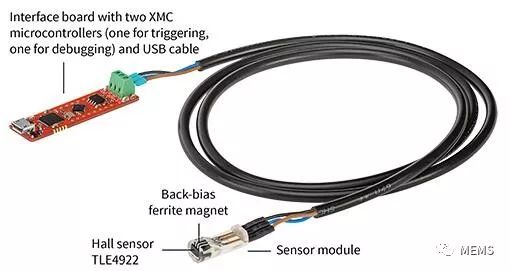
Figure 6 Speed ​​Sensor 2Go Kit
The kit uses the TLE4922, which can be internally connected to supplied modules or other modules assembled by the customer; it can also be used as a drawing tool to handle magnetic fields. The internal architecture corresponds to a linear Hall sensor. Developers can use TLE4922 to evaluate the module positioning of gears.
In addition to Infineon's design kits for detecting 3D positions, currents, and speeds, we will also provide similar evaluation solutions for angle sensors in the future, and provide design support with complete documentation and the Arduino Shield. Online simulation tools also help to select products for different types of applications. After the user selects the application, it can perform calculations using various magnetic and sensor parameters to simulate the magnetic field. In addition, the tool can also determine the optimal air gap based on the magnet and its residual magnetism. As for the angle sensor, the online tool can determine the maximum angle error according to assembly tolerances.
12 Port USB lntelligent Charging
This 12 port USB 2.0 C -type charging hub is a good solution that can quickly charge and synchronize the smart USB charger device of the synchronous 12 port. iPad, iPhone, tablet, Bluetooth headset, etc. This is an ideal tool for effectively saving energy and preventing items from overheating. Suitable for the ideal choice of medium to large internal charge and synchronous stations. Ideal use places, such as business office, classroom, conference room, lobby, etc.
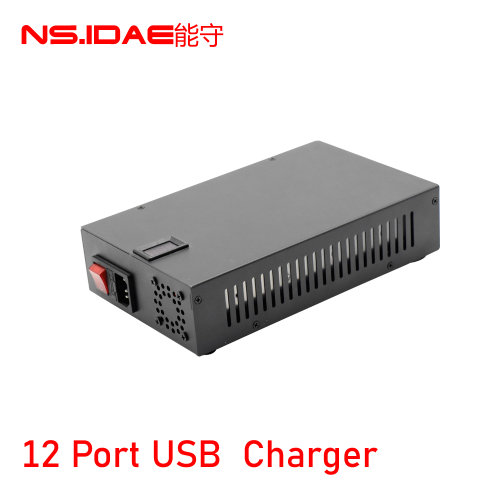
12 Port Type-C Charger,Charger Cable Fast Charging,Car Charger Holder Fast Charging,12 Port Intelligent Usb Charger
shenzhen ns-idae technology co.,ltd , https://www.szbestchargers.com